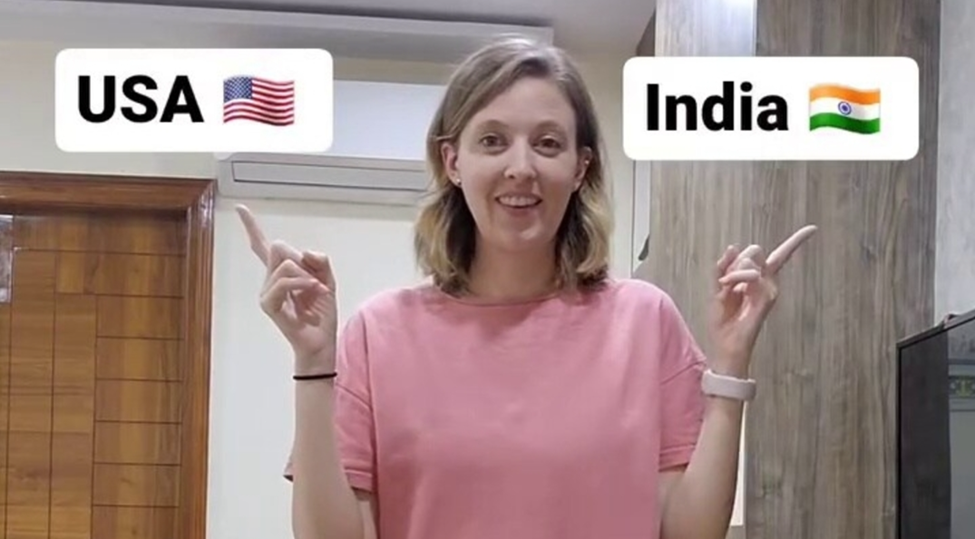How Hair-Dyes were Prepared in Ancient India: A List of Recipes and Methods
- InduQin
- May 12, 2023
- 2 min read

ONE OF THE UGLIEST SIGHTS that assaults the senses on a daily basis in urban India is the mass insanity called artificial hair colouring. Greying, middle-aged men and women dyeing their hair black (or Mehendi brown-red) is understandable. But that phenomenon became passé long ago. What we now have is an insecurity-engendered epidemic that cuts across age groups and multicoloured genders: of discolouring one’s hair with shades that don’t even have a proper name.
In malls and cinema halls and in restaurants and on roads, it is common to see a repulsive explosion of yellows, pinks, purples, oranges, greens, and the entire VIBGYOR atop people’s heads battering your eyes. The assault isn’t limited to your eyes alone. It impacts your entire sensory and emotional experience because it overturns the fundamental notion of aesthetics. The subliminal message that these hideous hair colours transmits is this: ugliness is beauty.
Needless, this vile phenomenon is both the creation of and driven by the ubiquitous, greedy corporate forces. The global market for the hair colour industry in 2022 is about $21 billion and is growing at 8.5% CAGR; the Indian market is valued at around $500 million and growing roughly at about the same rate.
Dire warnings from doctors about the health hazards of using chemically-manufactured hair dyes and hair colours are naturally drowned amidst the barrage of compelling advertisements from these hawkers of cancer and other deadly diseases.
Dyeing hair is almost as old as human civilisation because it is wired to a fundamental human impulse that refuses to accept ageing. Ancient India too, had evolved an astonishing range of recipes and procedures for preparing hair dyes. Like in the present time, the hair-dye industry was a thriving business in India for centuries.
ONE OF THE EARLIEST RECORDS that give detailed recipes for preparing hair-dyes is a delightful Sanskrit work titled Navanitakam. Dating back to the 2nd Century CE, the work is primarily an Ayurvedic treatise that also deals with a number of allied subjects. A separate essay will be published on it at a later date on The Dharma Dispatch.
Verses 1 thru 27 in the tenth chapter of the Navanitakam deals with the recipes for preparing hair-dyes. What strikes us immediately is the intimate and detailed knowledge of a stunning range of plants, herbs and metals used for making hair-dyes. Even more stunning is the manner in which it provides precise information for making a variety of concoctions and mixtures to produce specific results. A further nuance is also interesting to note: not all ingredients were used directly as hair dyes; some were used merely as dye-producing agents. However, the end goal was the same: to produce a deep black or blue-black hair-dye.
As we noted in our essay about the art and science of making perfumes in ancient India, the Navanitakam too, invokes various Devatas and proclaims that using hair-dye signals Mangalam or auspiciousness, and that it aids the attainment of the Purusharthas.
Read More at https://www.dharmadispatch.in/culture/how-hair-dyes-were-prepared-in-ancient-india-a-list-of-recipes-and-methods







Comments